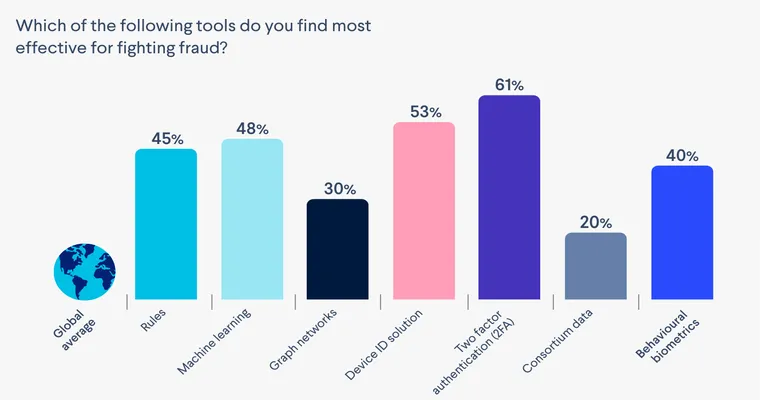In today's digital age, "two-part authentication" has become a standard practice for securing online accounts, especially in the realm of "finance management". While the intention behind this security measure is commendable, many users find that it complicates their financial activities rather than simplifying them. The inconvenience of multiple steps to access essential services can lead to frustration, especially when users are trying to manage their "bank accounts", "investment portfolios", or "budgeting apps".
One of the primary issues with "two-part authentication" is the time it takes to complete the login process. Users must often switch between devices, retrieve codes from their smartphones, and enter them correctly within a limited timeframe. This can be particularly challenging if you are in a hurry or if you do not have immediate access to your secondary authentication device. As a result, what should be a straightforward process of checking balances or transferring funds turns into a time-consuming ordeal.
Moreover, the reliance on "authentication apps" or SMS codes can lead to further complications. For instance, if a user changes their phone number or loses access to their authentication app, regaining access to their financial accounts can become a daunting task. This not only adds stress to managing finances but can also result in missed payments or investment opportunities. The struggle to maintain access to financial services can deter individuals from engaging with their finances proactively.
Another downside of "two-part authentication" is the potential for technical glitches. Users often encounter issues such as error messages, delayed code deliveries, or app malfunctions. These technical problems can disrupt the flow of managing finances, leading to unnecessary anxiety and the feeling of losing control over one's financial situation.
Additionally, the experience of managing finances can differ significantly among various platforms. Some financial institutions have implemented more user-friendly authentication systems, while others have not. This inconsistency can be frustrating for users who are trying to navigate multiple platforms while keeping their finances organized. The effort required to remember various codes and authentication methods can detract from the overall experience of financial management.
To mitigate these challenges, users may seek alternatives, such as "password managers" or more streamlined authentication methods. However, these alternatives come with their own set of complexities and learning curves. Ultimately, the goal should be to balance security with accessibility, ensuring that users can manage their finances without unnecessary barriers.
In conclusion, while "two-part authentication" is essential for securing financial accounts, its implementation can often hinder rather than help. The challenges of time-consuming processes, technical issues, and inconsistent experiences across platforms can make managing finances feel impossible for many users. As the digital landscape continues to evolve, it is crucial for financial institutions to consider the user experience and strive for a balance between security and ease of access. Streamlining the authentication process could empower users to take control of their finances without the frustration that often accompanies the current systems in place.





